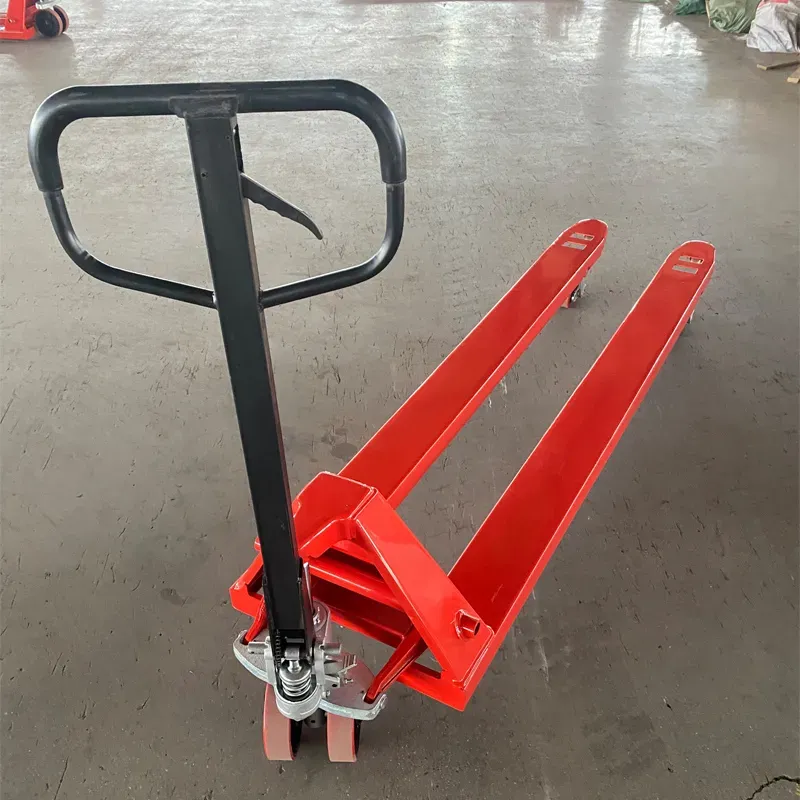


Understanding Heavy Duty Chain Hoists A Comprehensive Guide
In the realm of industrial lifting and material handling, the heavy duty chain hoist stands as a quintessential tool, known for its reliability, strength, and versatility. Used across various sectors, from construction and manufacturing to shipping and warehousing, these hoists enable safer and more efficient movement of heavy loads. In this article, we will explore the features, benefits, and considerations for choosing a heavy duty chain hoist.
What is a Heavy Duty Chain Hoist?
A heavy duty chain hoist is a mechanical device designed to lift and lower heavy loads using a chain and a pulley system. It is powered either manually or electrically. Manual chain hoists are operated by pulling a hand chain, while electric chain hoists draw power from an electric source to perform lifting operations. The construction of these hoists typically involves robust materials that can withstand significant weight, making them suitable for industrial applications.
Key Features of Heavy Duty Chain Hoists
1. Load Capacity Heavy duty chain hoists come with various load capacities, commonly ranging from 1 ton to over 50 tons. It’s crucial to select a hoist that meets the specific weight requirements of your tasks.
2. Durability The materials used in heavy duty chain hoists, such as high-strength steel, ensure durability and longevity. These hoists are designed to resist wear and corrosion, making them ideal for harsh working environments.
3. Safety Mechanisms Safety is paramount when lifting heavy loads. Most heavy duty chain hoists come equipped with safety features such as overload protection, which prevents lifting beyond the rated capacity, and mechanical brakes that ensure the load remains secure when paused.
4. Portability Many models are designed to be portable, allowing users to move the hoist easily between different job sites. Some hoists are lightweight, while others have integrated wheels for easier transport.
5. Versatility Heavy duty chain hoists can be used in various applications, including lifting construction materials, moving heavy machinery, or even in automotive repair shops for engine hoisting. Their adaptability makes them a staple in many industries.
Benefits of Using Heavy Duty Chain Hoists

2. Space-Efficient Solution Unlike larger cranes or forklifts, chain hoists require minimal space, making them an excellent choice for confined or crowded workspaces.
3. Cost-Effective Lifting Solution Chain hoists are generally more affordable than other lifting equipment. Their simple design and operation also lead to lower maintenance costs over time.
4. Ease of Use Even untrained personnel can quickly learn to operate manual chain hoists, while electric hoists come with controls that can be easily understood.
Considerations When Choosing a Heavy Duty Chain Hoist
When selecting a heavy duty chain hoist, several factors must be considered to ensure optimal performance
1. Load Requirements Always calculate the maximum weight you will be lifting and choose a hoist with a capacity that exceeds this weight.
2. Power Source Decide between a manual or electric hoist based on your lifting frequency and power availability at your site.
3. Lift Height Consider the maximum height you need to lift loads and ensure the hoist accommodates this requirement.
4. Frequency of Use If the hoist will be used frequently, investing in a high-quality electric model may be beneficial for increased efficiency and reduced manual effort.
5. Environmental Conditions Take into account the working environment. For example, if exposed to corrosive elements, consider a hoist with protective coatings or materials.
Conclusion
Heavy duty chain hoists serve an essential role in various industrial applications by enhancing lifting capabilities while ensuring safety and efficiency. When choosing the right hoist, it is important to consider factors such as load capacity, power source, lift height, and environmental conditions. With the right choice, a heavy duty chain hoist can improve productivity and safety in your operations, making it an invaluable tool in any industrious setting.



